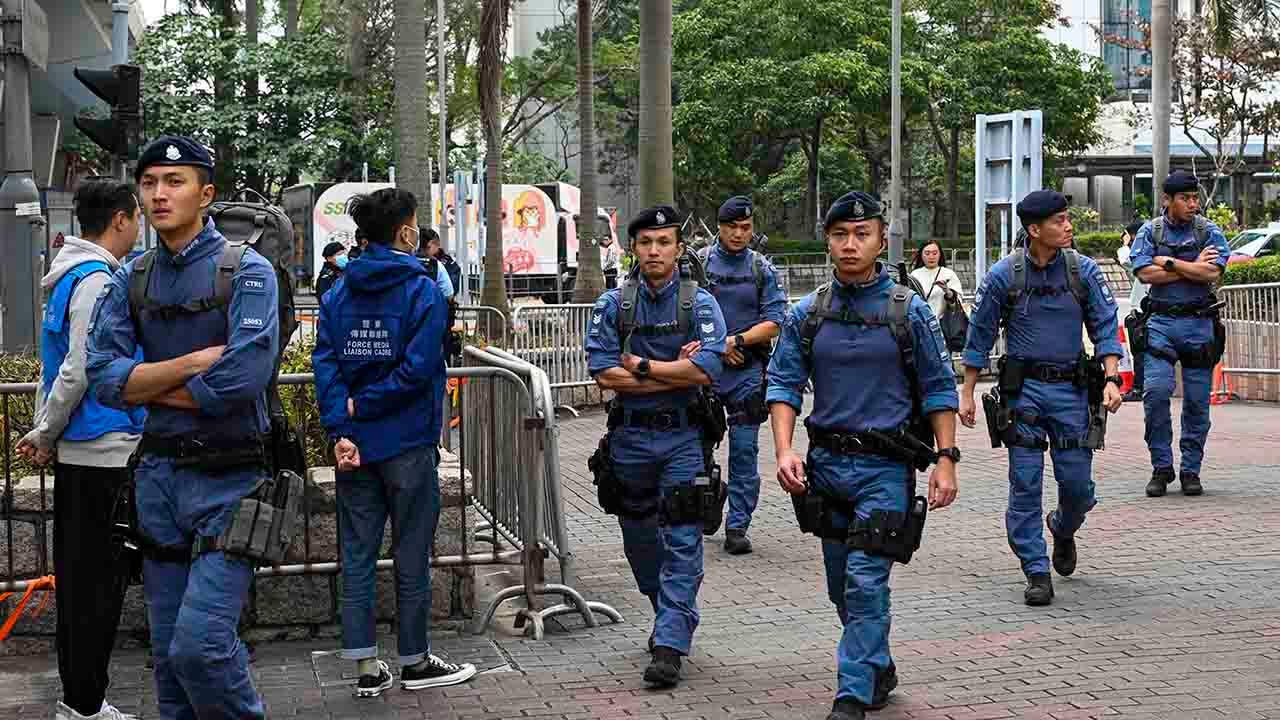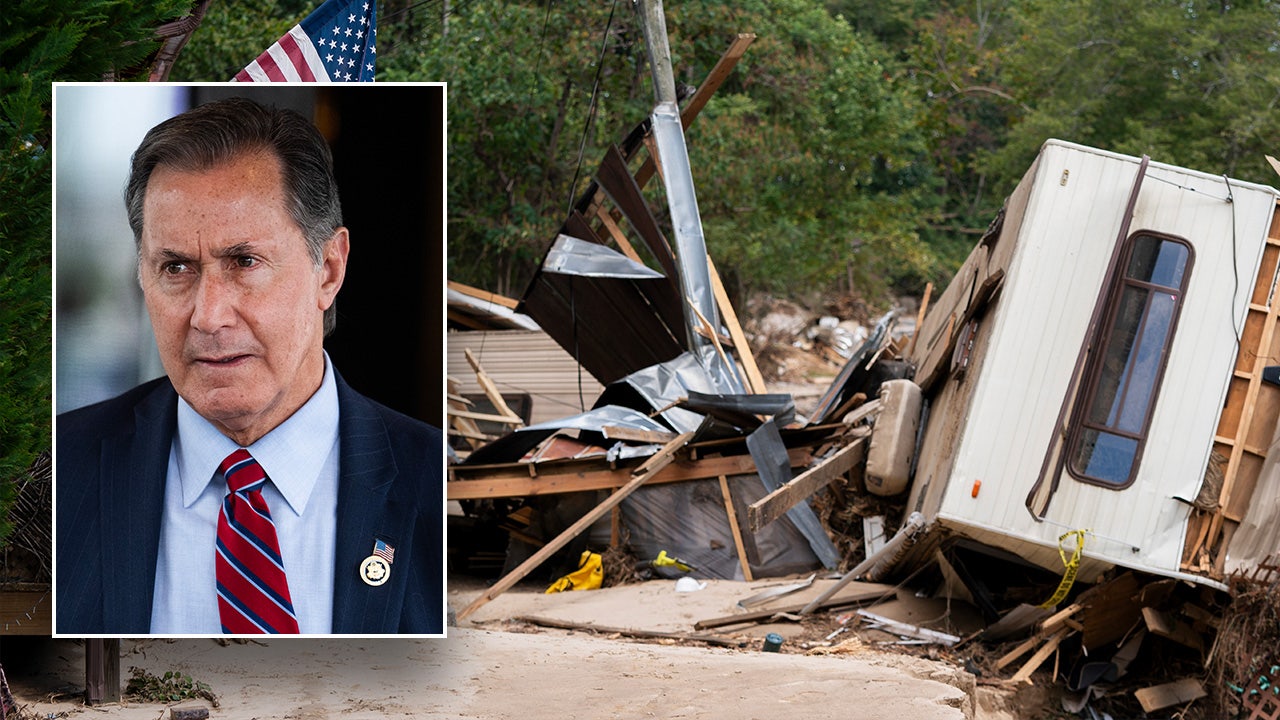A woman was rescued from the rubble of a collapsed building 22 hours after an earthquake that leveled parts of Turkey and Syria, Turkey’s state intelligence service said Agency Anadolu reported early Tuesday.
More than 16,000 rescuers were busy searching for survivors, said the agency, citing an emergency management official. But the window for finding others began to narrow, experts said, and the specialists flew out to Turkey The United States And outside of certainly had to face challenges to access the site and conduct rescue operations.
One to three days after an earthquake is usually the “golden time” to save lives, said Lody Korua, a search and rescue expert in Indonesia who has been volunteering in earthquake response for more than 15 years. Even then, the logistics can be very complicated.
“The people we’re rescuing are injured — they’re under rubble and we don’t know how deep down,” he said. “They’re stuck, maybe with their legs crushed by the collapsed structure, their bones broken, and they can’t scream for help.”
Some survivors have been found four or more days after an earthquake, said David Lewis, who coordinates an international urban search and rescue team for the New South Wales Fire and Rescue Service, Australia. He added that the amount of time a person can survive in rubble depends on several variables, including temperature, their access to food and water, and how they were trapped.
Unfortunately, he added, the powerful earthquake that struck Turkey and Syria happened in the middle of the night – a time when many people would have been asleep and unable to find a safer haven.
“Then you would just hope that when the building collapses, there will be a gap,” he said, “and the roof or top floor won’t fall off on you.”
The effectiveness of the specialists rushing to the earthquake zone will depend in part on how well they are coordinated and how quickly they arrive. But the area is remote and relatively difficult to access, said Yosuke Okita, an expert in international emergency management at Keio University in Japan.
If small airports in the area don’t have the capacity to transport search and rescue personnel and their heavy equipment, teams would have to fly to larger airports and travel to the earthquake zone by truck, Mr Okita said. Locating trucks can also prove tricky, he added, and Some roads into the affected area are closed.
When they arrive, rescuers entering partially collapsed buildings will be working in dangerous environments.
Many of the buildings in the earthquake zone appear to be lightly reinforced concrete and masonry structures that are several decades old, said Jerome F. Hajjar, a civil engineer at Northeastern University who specializes in earthquakes. That means they could face another collapse in the event of a large aftershock or a fire caused by a gas leak.
“It only makes the situation more challenging,” Professor Hajjar said.





